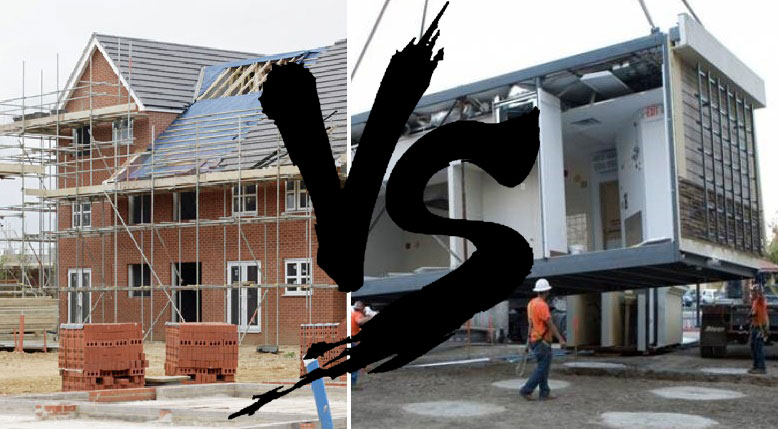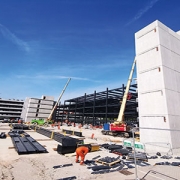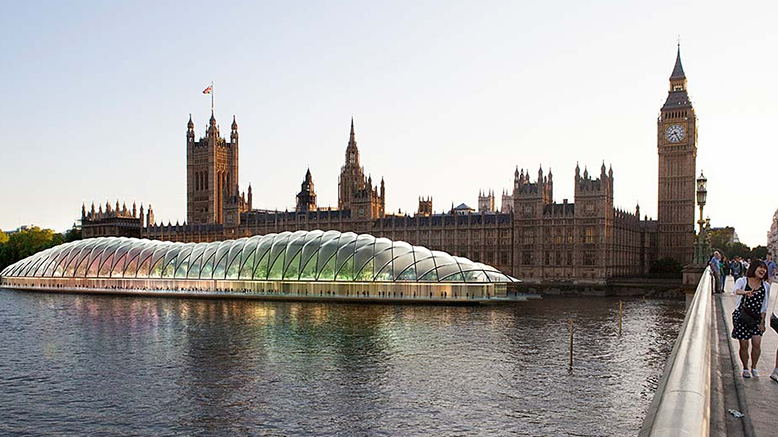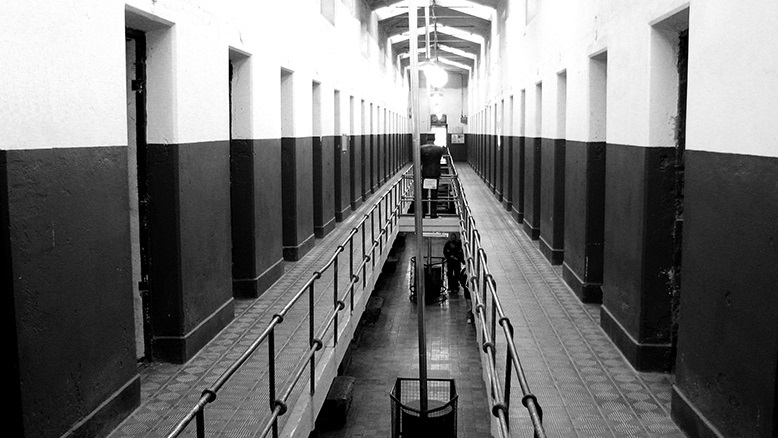Modular Vs. Traditional Construction
The traditional method of construction has for a long time, been the accepted norm.
A graduated approach, the process of building using the traditional method is steady progress. Foundations are laid, walls are built, roofs are added. And then the interior of the building is created. And finally, before being handed over to the customer, the snag list is completed – all those small issues and tasks that need altering.
And only then is the building complete.
Modular Building – The New Construction Method
Modular building changes everything about construction from halving the time it takes to construct a building, to changing attitudes.
Modular building techniques save time and money. As the foundations for a new building are laid, construction on the building itself, in a factory setting with skilled craftspeople, has already begun. This tandem working halves the time it takes to finish a building.
Before the building is delivered to site, the snag list is completed at the factory. Literally, the building in transported, fixed in place and the keys handed over.
Who Benefits?
Everyone. And the environment does too, with less waste and increase in the use of sustainable materials.
The pace of the turnaround means the customer has the extension or extra buildings they need quickly, but without compromising on quality. In terms of budget, there are no dead spots in the process either. No weeks on end without being able to use your buildings, while materials are waited for and so on.
Domestic and commercial customers are realising the benefits of modular construction. For some clients, the solutions on offer can’t come quick enough. For the medical industry, for example, modular construction means more room, and fast. It also means investing in additional space that can house specialised equipment and process too, without a hefty price tag.

Courtesy of www.mtxcontracts.co.uk.

















Leave a Reply
Want to join the discussion?Feel free to contribute!